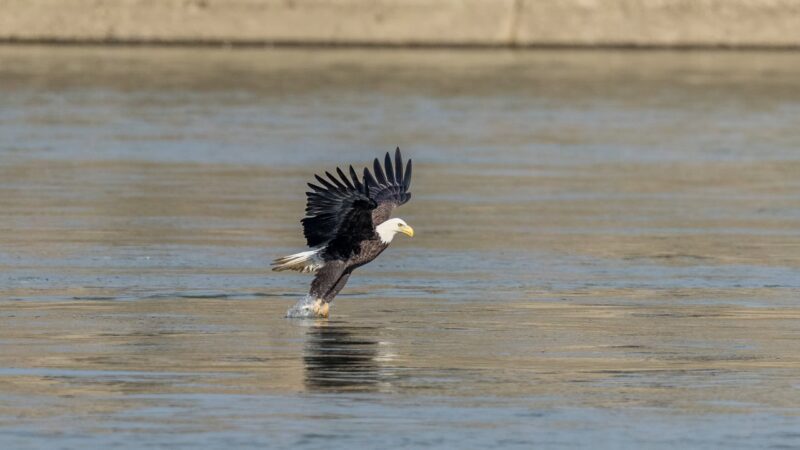Eagles, majestic and powerful, have captured human imagination for centuries. Known for their formidable presence in the sky, these birds of prey are often perceived as apex predators with few natural enemies.
Yet, the reality is more nuanced. In this exploration of eagle predators, we discuss the creatures that pose a threat to these impressive species.
Key Points
- Eagles, while apex predators, face threats from various natural predators like owls, hawks, raccoons, and sometimes other eagles, particularly in their juvenile stages.
- Human activities, including habitat destruction, pollution, and illegal shooting, pose significant threats to eagle populations globally.
- Conservation efforts, such as habitat preservation, regulation of human activities, and public awareness, are crucial for the protection and recovery of eagle species.
- Technology, including GPS tracking and remote sensing, plays an essential role in monitoring eagle populations and aiding conservation strategies.
- Educating and engaging the younger generation through schools, media, and interactive programs is key to ensuring the long-term conservation of eagles.
The Threats These Birds Face
Predators of the Skies and Ground
While eagles are apex predators, both male and female, they face threats from a variety of sources, both in their juvenile stages and, occasionally, as adults.
Raptors and Carnivorous Birds
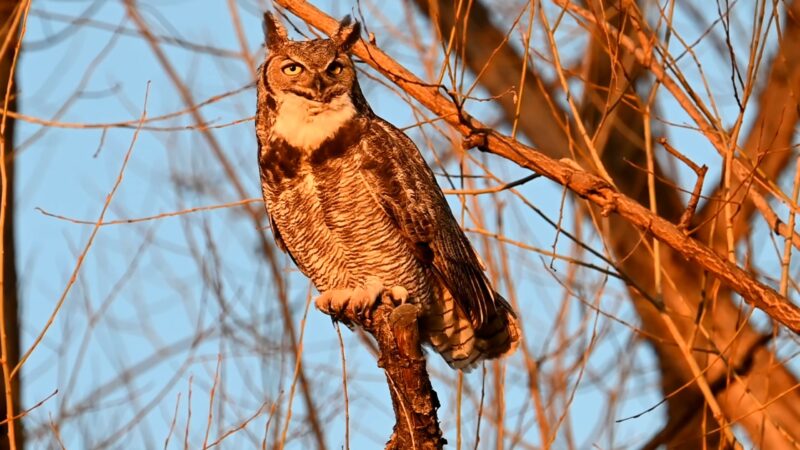
- Owls: Larger species, like the Great Horned Owl, can attack juvenile eagles or even adults, especially during the night when eagles are less active.
- Hawks: Some large hawk species, like buteos, can be a threat to younger eagles. Their reclusive nature and dietary preferences often bring them into conflict with eagles for territory and food.
- Other Eagles: Intra-species predation is not uncommon, especially in areas with dense populations.
Ground Predators
- Wolverines: With their muscular body and diverse diet, wolverines can pose a threat to eagle nests, especially in early spring months when food is scarce.
- Raccoons: These omnivores are known as nest thieves, often raiding eagle nests for eggs or nestlings.
The Human Factor
Humans, indirectly and directly, have become a significant threat to eagles. Human activities, including habitat destruction, pollution, and illegal shooting, have drastically impacted their populations.
Destruction and Disturbance
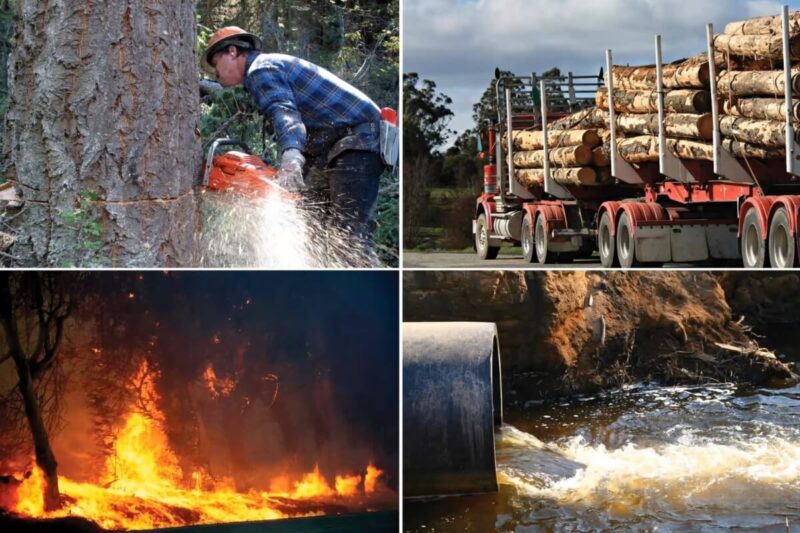
- Habitat destruction due to urban development or logging can reduce the available nesting areas for eagles.
- Pollution, especially chemical pollutants, can accumulate in eagles, leading to health issues and reduced reproduction rates.
Direct Harm
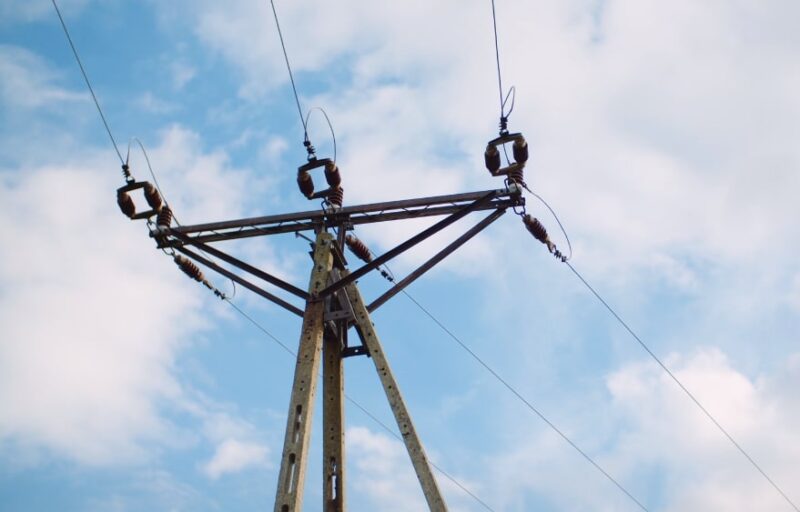
- Shooting: Despite being illegal, shooting remains a threat to eagle populations in some areas.
- Electrocution: Eagles are often victims of electrocution on power lines, which can be fatal.
Opportunistic Feeders
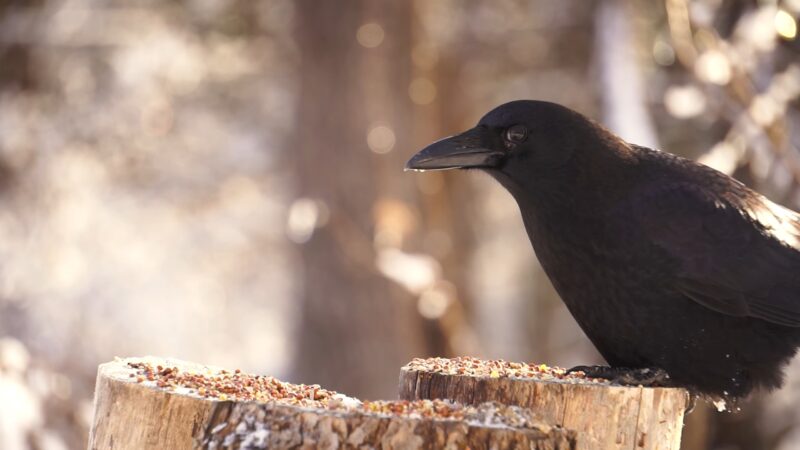
- Crows and Black-billed Magpies: These omnivorous birds can prey on eggs and young nestlings. As opportunistic feeders, they take advantage of unattended nests.
Nestlings – A Vulnerable Stage
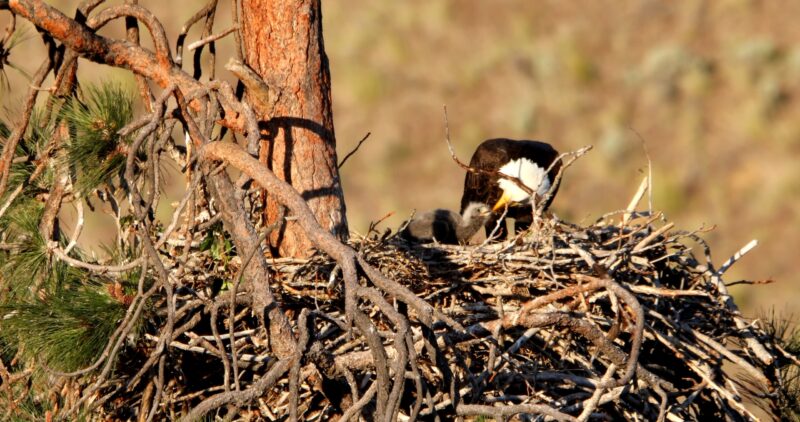
The survival rate of nestlings is crucial for maintaining eagle populations. During this vulnerable stage, they face numerous threats from various predators.
The Case of the Bald Eagle
This species, a symbol of freedom and strength, is not exempt from these threats. Let’s examine the specific predators and threats they face.
In the Wild
- Predators: In their early life stages, bald eagles can fall prey to larger birds like owls or other eagles.
- Human Threats: Human activities have historically been a significant factor in the declining numbers of bald eagles.
Conservation Efforts
The story of the Bald Eagle is also one of successful conservation. Once endangered due to human activities, conservation efforts have helped their populations recover.
The Role of Predators in the Ecosystem
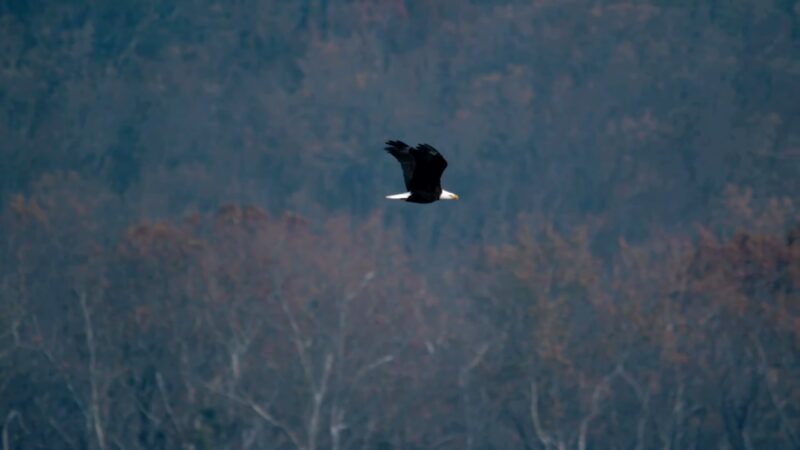
Predators play a vital role in maintaining the balance of ecosystems.
The presence of predators for eagles is a natural part of their life cycle and helps in controlling their populations, ensuring a healthy and balanced ecosystem.
The Intricate Balance of Nature
The intricate balance of nature is evident in the predator-prey relationships involving eagles.
While eagles themselves are top predators, their interactions with other species, including their own predators, play a crucial role in maintaining ecological balance.
Ecological Impacts
- Population Control: Predators of eagles help in controlling their numbers, preventing overpopulation and its associated ecological impacts.
- Biodiversity Preservation: This balance ensures the preservation of biodiversity, as eagles play a role in controlling the populations of their prey, which in turn affects other species in the ecosystem.
Protecting Eagles Is Human Responsibility
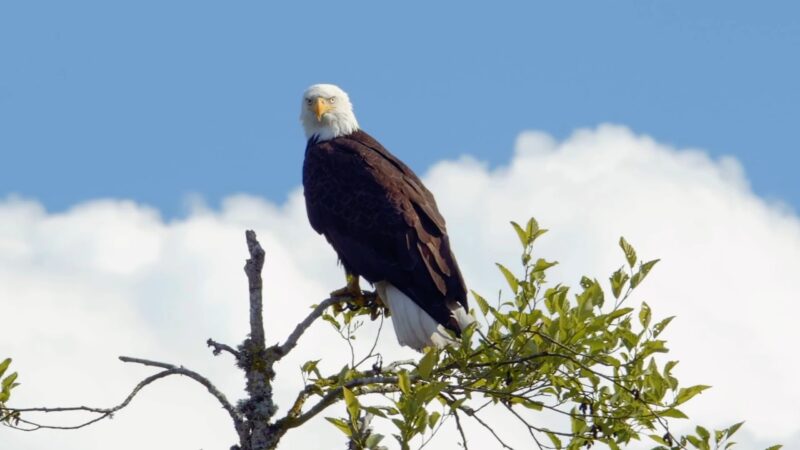
As apex predators, eagles are crucial for a healthy ecosystem. However, human activities have posed significant threats to their survival.
Protecting these magnificent birds is not just about conservation but also about respecting the balance of nature.
Steps for Protection
- Habitat Preservation: Protecting and restoring natural habitats is crucial for the survival of the species.
- Regulating Human Activities: Implementing and enforcing laws against shooting, pollution, and other harmful activities is essential.
- Public Awareness: Educating the public about the importance of eagles and the threats they face can lead to more community involvement in conservation efforts.
The Role of Legislation
Conservation laws like the Bald and Golden Eagle Protection Act in the United States have played a significant role in protecting these species from human threats.
The Future of the Species
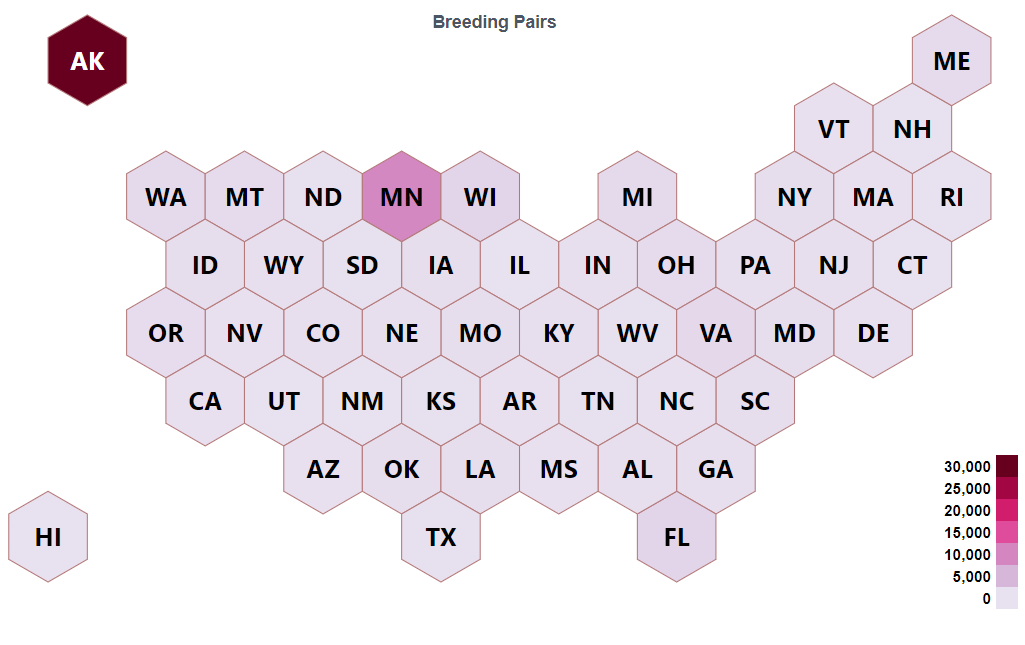
Looking forward, the future of eagles depends on a balance between natural predatory relationships and human intervention.
By knowing and respecting this balance, we can ensure that eagles continue to soar in our skies for generations to come.
Ongoing Research and Monitoring
Scientists continue to study eagle populations, monitoring their numbers, health, and the impacts of various threats.
Conservation programs are adapting to new challenges, such as climate change, which could alter the habitats and prey availability for eagles.
The Role of Community Engagement
Community involvement in eagle conservation, through citizen science projects and local conservation initiatives, plays a vital role in protecting these birds.
How Technology Impacts Conservation
Advancements in technology have opened new avenues for monitoring and protecting eagles.
Tracking and Monitoring
- GPS tracking devices fitted on eagles provide valuable data on their movement patterns, habitat use, and threats they face.
- Remote sensing and drone technology are used to monitor eagle populations and their habitats.
Data Analysis and Research
- Big data analytics helps in understanding the vast amounts of data collected, leading to better conservation strategies.
- Research on genetic diversity and the health of eagle populations aids in ensuring their long-term survival.
Engaging Future Generations
Educating and engaging the younger generation is crucial for the future of eagle conservation.
Educational Programs
- Schools and educational institutions play a vital role in fostering an interest in wildlife conservation among young people.
- Interactive programs and citizen science projects encourage active participation in conservation efforts.
The Role of Media and Technology
- Documentaries, social media, and online platforms can effectively raise awareness and interest in eagle conservation.
FAQs
Can eagles defend themselves against most predators?
Yes, adult ones are adept at defending themselves due to their size, strength, and flying skills. However, young ones and nestlings are more vulnerable.
Are eagles at risk from any specific diseases that affect their populations?
They can be affected by diseases like avian pox, lead poisoning (from ingesting prey with lead shot), and West Nile virus, which can impact their populations.
Do weather patterns impact eagle populations and their vulnerability to predators?
Yes, extreme weather conditions like prolonged rain, snow, or drought can impact eagle food sources and nesting success, making them more vulnerable to predators.
How can individuals contribute to the conservation of eagles?
Individuals can help by supporting habitat conservation efforts, reducing the use of harmful chemicals, and participating in citizen science projects that monitor eagle populations.
Are there any specific programs for rehabilitating injured eagles?
Yes, wildlife rehabilitation centers across the world often have specific programs for rescuing, rehabilitating, and releasing injured eagles back into the wild.
Is there a best time of year to observe eagles in the wild for educational purposes?
The best time to observe them depends on the region and species. Generally, winter months are good for viewing bald eagles in North America, as they congregate near open water sources.
Final Words
While eagles are formidable predators, they face a range of threats from other wildlife and, significantly, from human activities.
Knowing these dynamics is crucial for their conservation and the health of the ecosystems they inhabit.
The story of the eagle and its predators is a compelling reminder of the complexity and interconnectivity of nature.
Related Posts:
- How Fast Can A Black Bear Run? Surprising Swiftness Revealed
- Difference Between Male and Female Bald Eagles:…
- 15 Wildest Apex Predators: Nature's Nightmare
- 10 Most Dangerous Birds Of North America - Predators…
- What Sounds Do Raccoons Make? - Meaning and How to…
- 5 Reasons Whales Are Mammals Not Fish - What Sets…


